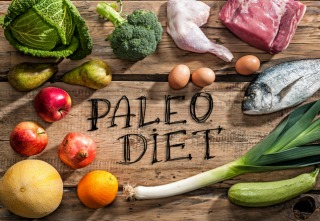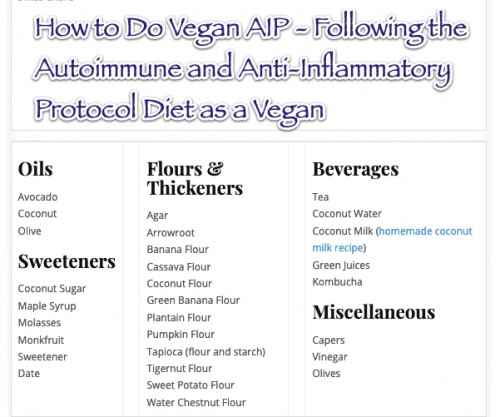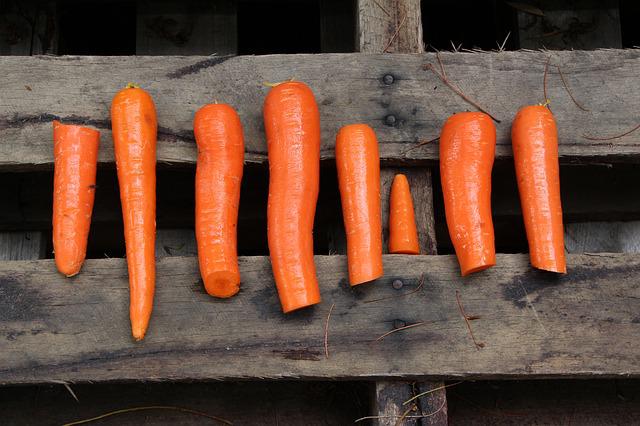
Paleo diet may prevent heart disease, but it is still controversial. While there are many benefits to the diet, some studies suggest that there is a risk of developing cardiovascular disease. Researchers studied the effects of the diet on arterial distensibility and plasma insulin during an oral sugar tolerance test. They also examined the effect on total cholesterol, LDL, and triglycerides.
Increased risk of heart disease
A new study has found that Paleo can significantly increase levels of a blood-related biomarker for cardiovascular disease. Trimethylamine noxide is a naturally-occurring organic compound that is found in the gut. A study of 44 Paleo diet participants and 47 who followed a traditional Australian diet found that people on the Paleo diet had higher levels of TMAO. An increased level of TMAO is associated with a higher risk of developing heart disease.
Researchers from four different Australian institutions found that participants on the Paleo diet had elevated levels of a compound linked to heart disease. Trimethylamine N-oxide is produced in the gut by bacteria and is related to the development of heart disease. Eating a Paleo diet is also known to lower levels of beneficial bacteria, but further studies will be necessary to determine the exact role that this reduced carbohydrate intake has on heart health.
Inflammation at greater risk
A Paleo diet is linked to heart disease. Interlukin-10 is a signaling molecule that immune cells release, and Paleo people have higher levels. Researchers believe that low levels of interlukin-10 could indicate a higher chance of developing heart disease. Researchers believe that high levels interlukin-10 can counter inflammation and protect blood vessels. However, further research is required to confirm the connection.

Paleo diet is one that excludes grains, legumes, as well as vegetable oils. Although this is the basis for many heart-healthy diets, it is high in fat. It can contain both saturated and non-trans fats. And it is expensive. Some individuals cannot afford to follow the Paleo diet because it is so high in meat and dairy products. People with lower incomes might find it difficult to afford these meats.
Increased risk of kidney disease
Health nuts love the Paleo diet, but there are concerns. The diet emphasizes meat, which is high in cholesterol. Moreover, the Paleo diet discourages the consumption of refined sugars, which are loaded with empty calories. These sugars have been linked to obesity, heart disease and diabetes, according to research. The Paleo diet forbids legumes, and encourages meat consumption.
Paleo diets not only increase fiber intake, but they also help reduce waistline. High levels of fiber can lower cholesterol. Egg yolks are a common food source of phosphorus and should be avoided. Egg whites, which are high-quality proteins, are better for your renal health. Drinking lots of water can also reduce the amount of protein in your urine. But, there is always the possibility of developing kidney disease.
Increased risk of heart disease in women
Paleo is a popular diet for many reasons. It has many heart health benefits and is based primarily on the Mediterranean or Nordic diets. Because it has a high amount of animal fat, it is also high in trans and saturated fats. High levels of beef consumption are associated with increased heart disease risk. However, a Paleo diet is not for everyone, and it can be expensive for low-income individuals.
Research has shown that women who eat Paleo have a lower risk of developing heart disease if they consume saturated fat and cholesterol. Even though the Paleo diet reduces junk food intake, it doesn't cut down on saturated fat. Recent research on the nutritional links between heart disease and saturated fat found that there was not enough evidence to link saturated oil to heart disease. While a paleo diet has fewer foods than the standard diet, it still contains lots of vegetables.
Gut bacteria effects

A new study found that Paleo eating habits may lower the risk of obesity, heart disease, and other chronic diseases. The researchers compared TMAO levels among people who ate Paleo versus those who didn't. Research showed that high-protein diets supported the growth and survival of good bacteria as well as reducing the number of pathogenic microbes. High-protein diets are associated with increased risk for micronutrient deficiencies, poor gut health, and chronic diseases.
The research also showed a strong link between TMAO levels, diet, and a person’s dietary habits. The results showed that a greater intake of animal-based proteins, such as fish and meat, led to an increase in TMAO levels in the blood. The blood levels of TMAO in the blood of participants was nearly twice that of those who were not involved in the study. Researchers also found that vegans had lower TMAO than paleo dietters. The researchers found that participants had significantly lower TMAO levels when they took carnitine.
FAQ
Is there a difference between a chef and a cook?
A chef prepares food for other people. A cook prepares food for himself or herself. Both jobs require the preparation of food. However, chefs work directly with their customers. This means that they may have to decide what dishes to prepare for their customers based on their preferences. Cooks don't interact with customers. He or she makes sure that the food is delicious before serving it.
Where can I find online cooking classes for free?
You can find free cooking lessons on many websites. YouTube is a great place to search for cooking videos. Some sites offer thousands of recipe options. You will need to pay a monthly subscription, but you can still try the site for free for 30 day.
How can I get hired as a cook?
It is possible to get a job in the kitchen by word of mouth. Friends and family might know of a restaurant in need of additional staff. You might also find openings advertised on websites or bulletin boards by restaurants.
Can I cook with my family?
Yes! Kids love to help in the kitchen. It's a fun activity which teaches children responsibility and teamwork. The whole process can be done by children, including washing and chopping vegetables. If your children follow safe practices when handling knives, they will enjoy helping you cook.
Statistics
- under 10 Kids have been taught that there is special food just for them, and Fiese says that 10 percent of kids will throw a tantrum if they don't get the food they want. (washingtonpost.com)
- You'll be amazed that over 90% of CIA students receive scholarships and grants to finish their culinary studies. (ischoolconnect.com)
- The median pay for a chef or head cook is $53,380 per year or $25.66/hour, according to the U.S. Bureau of Labor Statistics (BLS). (learnhowtobecome.org)
External Links
How To
How to make Apple Pie
The process of making an apple pie consists of several steps. Wash the apples first. Peel them then cut them into small pieces. Next, you will add sugar, cinnamon and cloves. Finally, you will add lemon juice. Mix all ingredients together and bake at 350° Fahrenheit for 15 min. After 15 minutes, take the apple mixture off the oven. Let it cool, then add cream. Finally, you can sprinkle some powdered sand on top of the mixture and serve it.